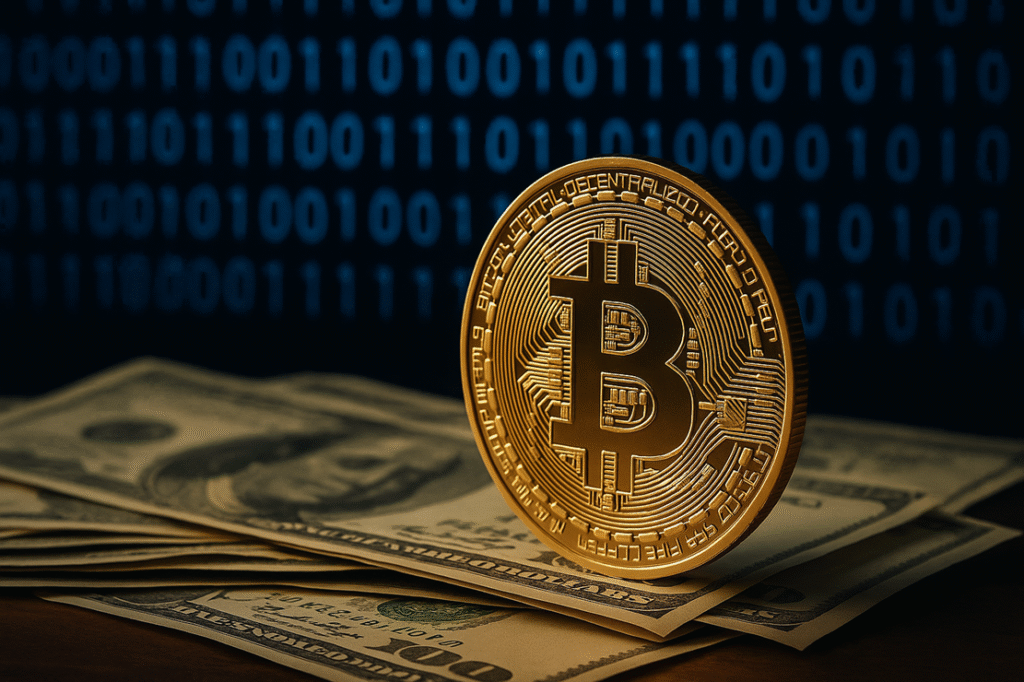In today’s rapidly evolving cryptocurrency landscape, discussions surrounding Bitcoin’s fundamental principles and optimal usage continue to stir debate among enthusiasts and experts alike. As digital currencies gain traction, understanding the core functionalities and potential threats to Bitcoin becomes crucial for investors and developers. This article delves into the ongoing discourse about Bitcoin’s identity, focusing on the implications of non-monetary transactions and how they might influence the network’s decentralized nature.
Understanding Bitcoin’s Controversial “Spam” Transactions
Bitcoin has long been hailed for its decentralized nature and robust security features. However, recent discussions have reignited concerns over the impact of non-monetary, or so-called “spam,” transactions on its blockchain. Dennis Porter, CEO of Satoshi Action Fund, has raised alarms over these transactions, arguing they could gradually lead to essential protocol changes that may compromise Bitcoin’s foundational principles like the “21 million hard supply cap” and “censorship resistance.” According to Porter, such alterations could potentially transform Bitcoin into a hybrid fiat/cryptocurrency system, controlled by centralized entities rather than individual users.
The Debate on Bitcoin’s Transaction Legitimacy
The core of this debate lies not in whether these transactions are altering monetary policy but in the resource-intensive nature of the blockchain validation process. Porter contends that as resource demands rise, the number of full node operators may dwindle, concentrating power among developers and economically influential actors. He equates the role of node runners to that of constitutional overseers, asserting that without their broad involvement, developers, akin to a legislative body, could implement self-serving rules.
However, this perspective has faced significant pushback. Critics, including the pseudonymous Bitcoiner J.Dog, argue that labeling these activities as “spam” misconstrues their legitimacy under the current consensus rules. As J.Dog notes, transactions deemed valid by consensus should not be blocked, as doing so contradicts Bitcoin’s censorship-resistant nature. Instead, higher on-chain activity might enhance miner revenue, indirectly supporting the network’s security model.
Dissecting Bitcoin’s Core to Knots Transition
As the conversation about Bitcoin’s identity and governance broadens, various participants have highlighted the potential risks associated with client diversity and consensus integrity. Some voices warn that curtailing arbitrary data entries could necessitate a hard fork, reminiscent of past network divisions. Others, like Porter, suggest that transitioning from Bitcoin Core to alternative clients like Knots could realign incentives without fracturing the blockchain, although critics argue this could result in economic secession from the predominant network.
Ultimately, this discourse reflects an underlying tension surrounding Bitcoin’s neutrality. Proponents of strict monetary assurances emphasize the risks posed by data-heavy, non-monetary transactions, which could undermine the decentralized validator base that secures Bitcoin’s promises. Conversely, advocates for broad transaction acceptance argue for neutrality across all consensus-adhering transactions, asserting that market dynamics should govern block space allocation.
Bitcoin’s Market Position
As of the latest market analysis, Bitcoin hovers around $121,820. This valuation reflects the complicated interplay of demand, network security concerns, and the evolving dialogue about Bitcoin’s role as both a monetary and data-carrying network. The continuous tension between different interpretations of Bitcoin’s purpose compels stakeholders to engage in discussions about the network’s future governance and economic model.
How do “spam” transactions challenge Bitcoin’s design?
“Spam” transactions increase the load on Bitcoin’s blockchain, potentially reducing the number of full node operators, thus centralizing power among developers and large-scale operators. This could threaten its decentralized architecture and foundational principles.
What are the potential solutions to manage non-monetary transactions in Bitcoin?
Solutions range from technical adjustments, like hard forks to prevent arbitrary data entries, to shifts in client usage, such as moving from Bitcoin Core to alternative implementations. These solutions aim to preserve Bitcoin’s decentralized ethos while adapting to evolving use cases.
Why is client diversity important in the Bitcoin network?
Client diversity is crucial for maintaining network resilience and preventing consensus breaks that could arise from bugs. A varied client base helps ensure that no single implementation becomes a point of failure in the network.
Is Bitcoin still a viable investment amid these debates?
Despite ongoing debates, Bitcoin remains a significant player in the cryptocurrency market. Potential investors should analyze market trends, technological developments, and network governance issues to make informed decisions about Bitcoin’s long-term viability.
This comprehensive guide provides insights into Bitcoin’s core technology and the ongoing debates surrounding its governance and transaction legitimacy. The FAQs included offer valuable perspectives, assisting readers in making informed decisions about engagement with Bitcoin.

